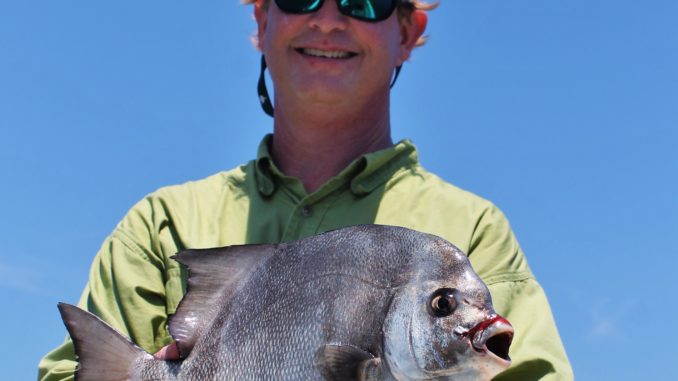
Feisty, powerful and tasty, it’s hard to beat a spadefish for summer fishing fun.
Guide Robert McCarley of Georgetown’s Reel Tight Charters hit the water on a crystal-clear, summer morning, making a short jog to an area where he quickly collected a tub of finger-size mullet and a couple dozen jellyball jellyfish, the latter being a favorite food of spadefish, both of which show up as the water temperature climbs in the summer.
With the iodine-colored, softball-sized jellyballs scooped up with a long-handled dip net and resting in a 5-gallon bucket of sea water, the next was 3-Mile Reef outside the entrance to Winyah Bay.
Georgetown is a great gathering place for anglers looking to fish nearshore reefs and wrecks. With more than a dozen artificial reefs within reach of most, Georgetown offers anglers plenty of opportunities to catch a variety of species.
Many reefs don’t contain actual shipwrecks, but many contain a mixture of sunken ships, concrete balls, subway cars and other material strategically placed by the S.C. Department of Natural Resources and federal agencies to attract and hold fish. South Carolina’s natural coastline is void of regular, natural reef structure, but time and experience have taught fisheries managers and anglers that placing materials in good locations will create places for fish to congregate.
A reef may cover hundreds of acres of ocean floor, and SCDNR’s website shows a host of GPS coordinates that locate reefs, along with a list of the items that make up the reef. Plugging the information into a GPS plotter can help anglers make use of these great fishing opportunities.
And reefs are the heart of spadefish trips, McCarley explained. The beautifully marked, 5- to 7-pound fish are feisty, matched by few species when it comes to being fun to catch and tasty on the plate. He targeted them with 7-foot, Ugly Stik spinning rods mated to Penn Battle reels loaded with 20-pound braid, a 5-foot fluorocarbo leader and a 1/0 mosquito hook.
“The fun part of catching spades,” McCarley said, “is you get to sight-fish, and (have) a ferocious fight all at the same time.”
Spadefish on light tackle will scream a spinning reel like few other species. Hooking a 7-pound spadefish is akin to hooking a 5-pound bluegill — times 2. They’re among the hardest-fishing of any species, and they’re usually available in large schools. Find them, and catching just one or two is not an option. Stopping at the 20-fish limit is the problem.
After reaching the reef, some plotting was done to determine the best place to anchor. Fishing for spades is more of a “right here” scenario rather than a drifting one. McCarley identified a few “interesting looking” shapes on his graph, set anchor and got ready for action. Straightening a metal coat-hanger, he tied one end to an 8-ounce weight and one to line from a heavy rod, then began threading on jellyballs.
“I will drop this over the side, if the spades are there, they won’t be able to resist,” he said. “Once I feel them tapping on the jellyballs, I will start to retrieve the string. When you can see the fish, drop your line in the water right next to the string of jellyballs.”
A small strip of jellyball was impaled on the mosquito hook, and when the swarm of spadefish became visible, it was dropped into the water and allowed to flutter down. In only seconds, the bait disappeared, the line took off and the hookset made the battle official.
In a few seconds, 60 yards of line was gone, peeling line against the drag, and in an instant, fishermen understand why the fish’s strength and speed is quite addictive. Netting the fish, McCarley said, “There are more down there, get them.”
For the next 30 minutes, hookups were constant. When the action slowed, McCarly headed first to the Hector Reef, then the Cape Romain Reef.
“That’s the thing with these spades” said McCarley, quick to point that finding spadefish is half the battle. “This week they are at the Hector, and next week they will be at the Cape Romaine and then on to another.
“Funny thing about these fish.” McCarley says, “I can tease them up with jellyballs, and they will eat and eat it, but sometimes we can’t catch the fish on them.”
For backup, McCarley keeps fresh shrimp available. Peeled, placed on the hook and dropped into the swirling of the teased fish will often be the ticket to get the fish to bite.
Most of the nearshore reefs will hold the spadefish throughout the summer. Look for reefs in water of at least 40 feet deep and water temperatures in or near 70 degrees for the best results. One thing is for sure; when you find them you will forever be addicted to being dealt a hand full of spades.
DESTINATION INFORMATION
HOW TO GET THERE — Georgetown is on US 17, roughly halfway between Charleston and the Grand Strand. US 701 and US 521 are the main arteries of access from the west, US 17 carrying most anglers in from coastal areas. Three public boat landings are popular: South Island Ferry on South Island Ferry Road south of Winyah Bay, the Campbell complex on the Sampit River and the East Bay Street ramp in downtown Georgetown. SCDNR’s website, www.dnr.sc.gov/artificialreefs/index.html, has names, locations and descriptions of nearshore reefs, including popular ones off Georgetown.
WHEN TO GO — Spadefish arrive in nearshore waters when the water temperature reaches 70 degrees and will remain through the summer, migrating away from the beach once the weather cools in the fall.
BEST TECHNIQUES — Chum with jellyball jellyfish to attract spadefish within sight-fishing range, then drop a sliver of jellyball down on a small, mosquito hook on medium-action spinning tackle and hold on. When jellyballs are unavailable or fish ignore them, switch to peeled, fresh shrimp.
FISHING INFO/GUIDES — Robert McCarley, Reel Tight Charters, 843-458-4157. See also Guides and Charters in Classifieds.
ACCOMMODATIONS — Quality Inn & Suites, Georgetown, 855-809-3506; Roadway Inn, Georgetown, 866-599-6674; Hampton Inn-Georgetown Marina, 855-799-6860; Baymont Inn & Suites, Georgetown, 855-296-5767.
MAPS — Capt. Segull’s Nautical Charts, 888-473-4855, www.captainsegullcharts.com; Sealake Fishing; Guides, 800-411-0185, www.thegoodspots.com.

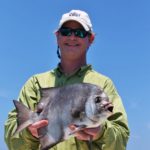
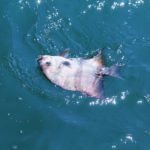
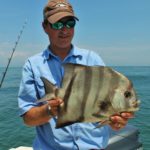
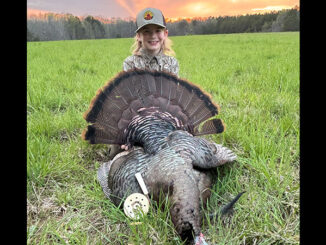
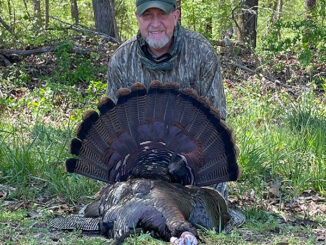
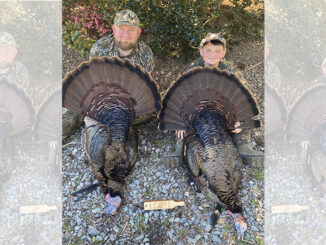

Be the first to comment